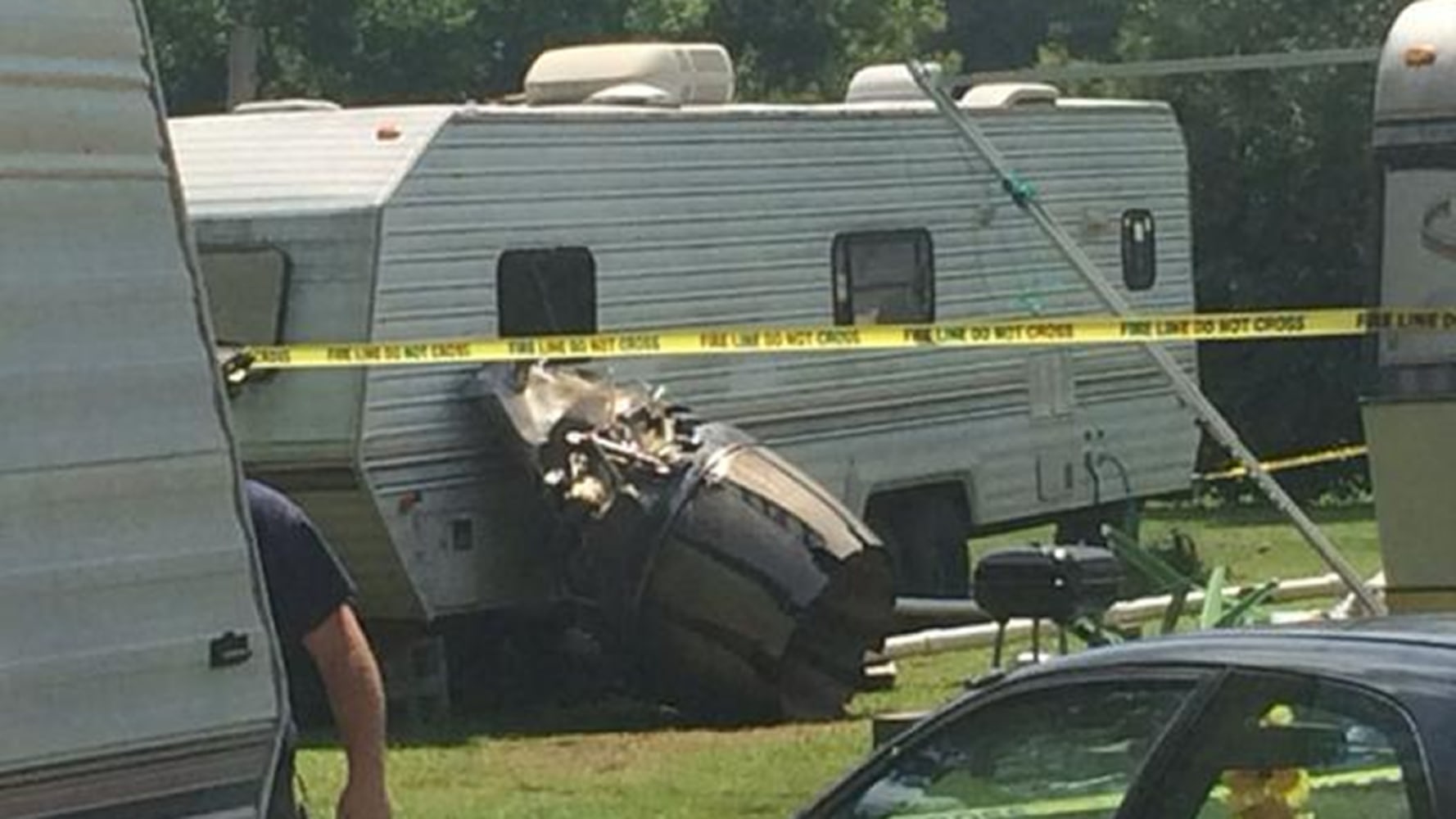http://www.ksla.com/story/29491579/faa-f-16-cessna-c-150-collide-11-miles-north-of-charleston

The Federal Aviation Administration says an F-16 Fighting Falcon and a Cessna C-150 aircraft collided in mid-air 11 miles north of Charleston.
The Berkeley County Fire Department says the crash happened near Old Highway 52 at Lewisfield Plantation in Moncks Corner.
They say the F-16 pilot was rescued by a person in a pick-up truck. The pilot is now headed to a hospital in a helicopter.
There are reports toxic flames are coming from the F-16. A witness tells us the crash was in a rice field about 100 feet from land, very close to the historic Lewisfield plantation home.
The Berkeley County Fire Department says the fuselage of the Cessna has been located and a rescue swimmers are searching for additional survivors. They say the Coast Guard is overhead.
Can't copy and paste anything from this ibtimes article but it says one of the aircraft had hydrazine onboard.
Not looking good at the moment but I'm hoping they find the Cessna occupants alive.



